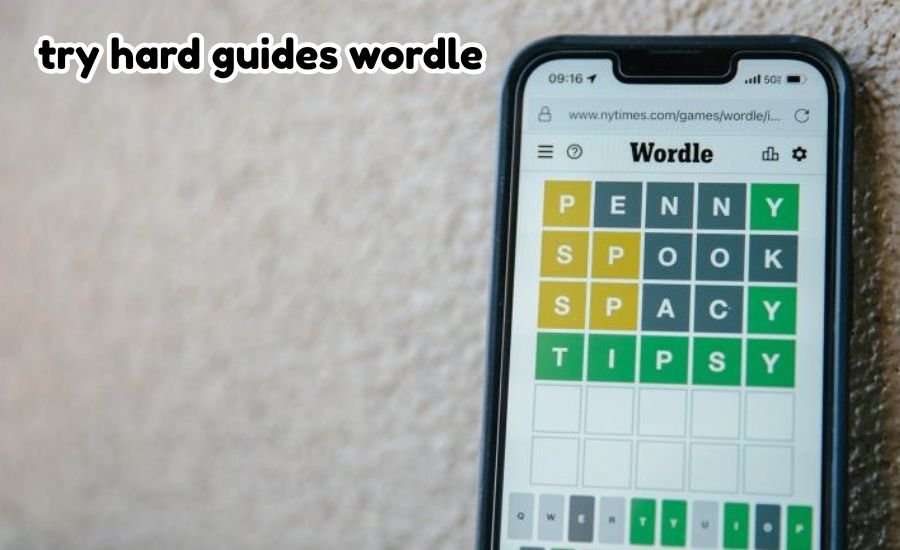Fibroids are non-cancerous growths that appear in or around the uterus. These growths are made of muscle and fibrous tissue and can vary in size from very small to very large. Many women have fibroids at some point in life, but not all fibroids cause problems. Some can be very small and unnoticed, while others grow large and may lead to serious health issues.Knowing which size of fibroid is dangerous helps in taking timely medical steps.
Fibroids can lead to heavy periods, pain, and fertility problems if not treated. It’s important to understand how size affects the severity of symptoms. The size, number, and location of fibroids play a key role in deciding if they are harmful.Doctors often measure fibroids in centimeters or inches. A small fibroid may be the size of a seed, and a large one could be as big as a melon. Women must watch for signs and regularly check with their healthcare provider to avoid risks.
Which Size of Fibroid is Dangerous: Size Matters in Health Impact
When talking about fibroid dangers, size is one of the most important factors. Small fibroids that are under 2 cm usually do not cause serious issues. But once fibroids grow larger than 5 cm, they can start to create problems. Fibroids above 10 cm are often considered dangerous and may need removal.Doctors consider which size of fibroid is dangerous when deciding on treatment options.
Large fibroids can push against other organs, causing pain or frequent urination. They might also distort the shape of the uterus, which can affect pregnancy or make periods heavier.Sometimes even small fibroids are dangerous depending on where they are located. For example, a 3 cm fibroid growing inside the uterine cavity can cause more problems than a 7 cm one on the outer wall. So, size and location together determine the risk level.
Signs That Fibroids Are Becoming a Health Risk
Changes in your body can signal that a fibroid is causing trouble. Heavy bleeding during periods is one of the first signs. Some women also feel pressure in the lower belly or suffer from back pain. These symptoms usually mean that the fibroid is growing larger.Doctors use ultrasounds to check which size of fibroid is dangerous and monitor changes. If a fibroid grows quickly or causes severe symptoms, it may be time for treatment.
Ignoring these signs can lead to complications like anemia or reproductive issues.Pain during intercourse and constant tiredness may also indicate fibroid growth. Keeping track of symptoms and reporting them to a doctor is important for early care. Timely action helps prevent long-term damage to the uterus or nearby organs.
Medical Classification of Fibroid Sizes and Risk Levels
Doctors classify fibroids by size: small (less than 2 cm), medium (2–5 cm), and large (over 5 cm). Larger fibroids are more likely to be dangerous because they can press on other organs and cause more discomfort. A detailed look at this classification helps women understand their health better.
Here’s a table showing common fibroid sizes and their potential risks:
| Fibroid Size | Classification | Risk Level | Possible Symptoms |
| Under 2 cm | Small | Low | Often no symptoms |
| 2–5 cm | Medium | Moderate | May cause mild pressure or bleeding |
| 5–10 cm | Large | High | Heavy periods, pelvic pain |
| Over 10 cm | Very Large | Very High | Organ pressure, severe pain, fertility issues |
Knowing which size of fibroid is dangerous helps in planning treatment or surgery if needed. Medium and large fibroids often require close monitoring by a doctor.
Treatment Options Based on Fibroid Size
Treatment depends a lot on the fibroid’s size and location. Smaller fibroids may be managed with medicine. Birth control pills or hormone therapy often help reduce bleeding and pain. These are non-surgical ways to manage small to medium fibroids.For large fibroids, surgery may be the best option. Doctors may remove just the fibroid (myomectomy) or, in extreme cases, the entire uterus (hysterectomy).
Deciding on surgery often depends on which size of fibroid is dangerous and whether a woman plans to have children in the future.Another method is uterine fibroid embolization. This is a non-surgical treatment that blocks blood supply to the fibroid, shrinking it over time. It’s useful when fibroids are large but surgery isn’t possible.
Fibroids and Fertility: Size Can Affect Pregnancy
Women trying to conceive need to be extra careful with fibroids. Large fibroids may block the fallopian tubes or interfere with embryo implantation. Even if a woman gets pregnant, big fibroids might increase the risk of miscarriage or early labor.Doctors often check which size of fibroid is dangerous before suggesting fertility treatments. Surgery to remove fibroids is sometimes done before starting IVF or other procedures.
Medium-sized fibroids that grow inside the uterus can also reduce pregnancy chances.Keeping fibroids small through regular check-ups and treatment helps protect reproductive health. Women who are planning for a baby should talk to their doctor about fibroid size and location.
Essential Information: 888-668-8991-customer-support-services-and-assistance
Lifestyle Tips to Prevent Fibroid Growth
Eating a healthy diet and staying active can help slow fibroid growth. Foods rich in vitamin D, fiber, and iron are very helpful. Reducing red meat and processed food can also prevent fibroids from getting larger.Regular exercise supports hormone balance and helps in weight control. Obesity is linked to faster fibroid growth, so keeping a healthy weight is important.
These tips won’t shrink fibroids but can stop them from growing.Knowing which size of fibroid is dangerous can motivate women to make better lifestyle choices. Simple changes like drinking more water and reducing stress go a long way in managing fibroid health.
When to See a Doctor for Fibroid Evaluation
If you feel pelvic pressure, notice a change in your periods, or feel pain during sex, it’s time to see a doctor. An ultrasound or MRI will help check the size and position of any fibroids. Early diagnosis helps avoid risky health situations.Doctors look at which size of fibroid is dangerous along with symptoms before giving treatment advice.
Even if a fibroid is small, it might need treatment if it causes trouble. Waiting too long can lead to more serious health problems.It’s a good idea to get checked regularly, especially if you have a family history of fibroids. Staying informed about your health can prevent complications later.
Conclusion
Being aware of fibroid size is important for every woman. Small fibroids might be harmless, but larger ones need careful attention. Ignoring the signs can lead to pain, bleeding, and reproductive issues. Regular checkups, a healthy lifestyle, and timely treatment can keep you safe.
Doctors help identify which size of fibroid is dangerous and guide you toward the best treatment. With the right steps, fibroids can be managed easily. Always listen to your body and talk to a doctor when in doubt.Fibroids are common, but with the right care, they don’t have to be scary. Staying educated and proactive is the key to good health.
You Should Be Aware Of: Bowel-injury-ozempic
FAQs
Which size of fibroid is dangerous for health problems?
The answer to which size of fibroid is dangerous usually starts at 5 cm or more, as larger fibroids can press on organs, cause pain, and lead to heavy bleeding.
Is there a guide on which size of fibroid is dangerous during pregnancy?
Yes, doctors say which size of fibroid is dangerous in pregnancy depends on where the fibroid is located and how large it is usually over 5 cm is more concerning.
Do doctors agree on which size of fibroid is dangerous?
Medical experts generally agree that which size of fibroid is dangerous begins at 5 cm or larger, especially if symptoms affect daily life or fertility.
Can symptoms show which size of fibroid is dangerous?
Yes, signs like heavy periods, pelvic pressure, and pain often indicate which size of fibroid is dangerous and may need treatment.
Does location affect which size of fibroid is dangerous?
Absolutely. While size matters, location also plays a role in which size of fibroid is dangerous, as even small fibroids can cause issues if near key organs.
How do I know which size of fibroid is dangerous to ignore?
Ignoring fibroids can be risky. Doctors can help you find out which size of fibroid is dangerous by using scans and reviewing your symptoms.




